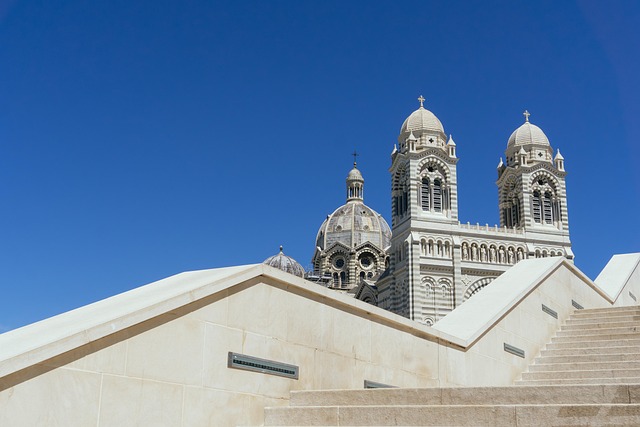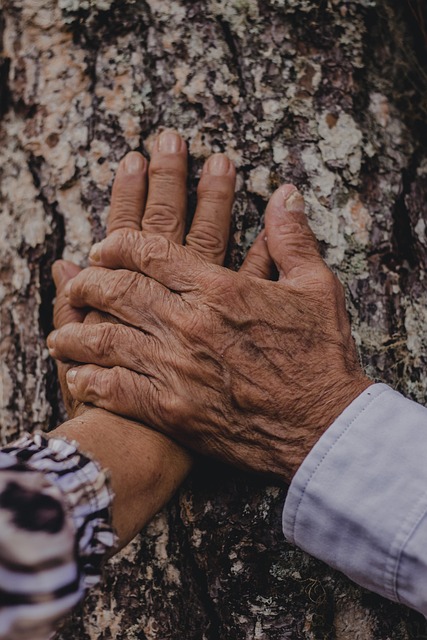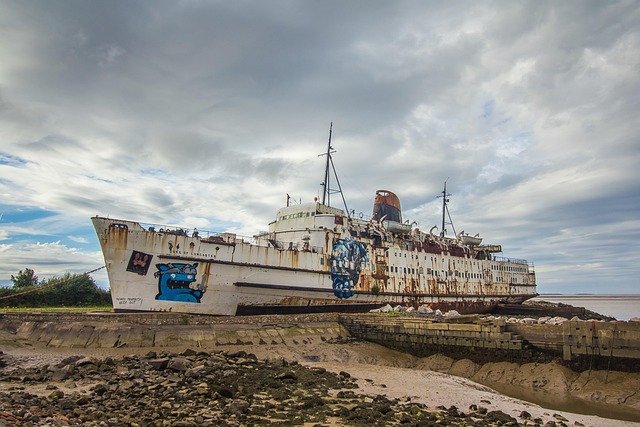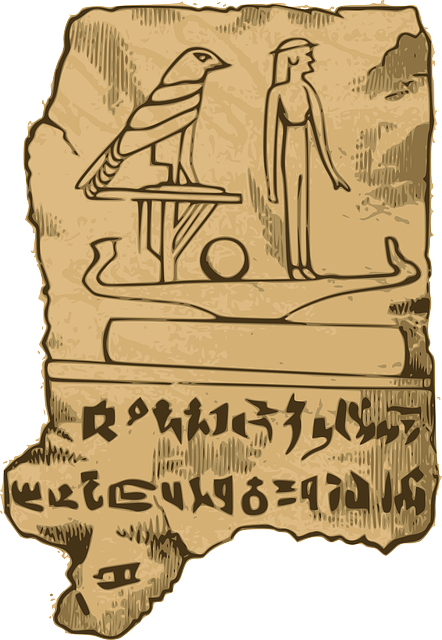The fragrance history and perfume history trace back to ancient civilizations like Egypt and Rome, where scents held medicinal, spiritual, and aesthetic values. From burial rituals to daily life, aromas were revered for their therapeutic and social significance. Historical texts reveal evolution in perfume production from natural sources to advanced distillation techniques over time. Medieval perfumeries played a pivotal role in shaping perfume history through elite patronage and cultural fusion, driving innovation that influenced luxury perfumes centuries later. This rich heritage laid the foundation for today's global fragrance industry.
“Uncover the captivating journey of famous perfume houses through time. From ancient Egypt’s aromatic secrets to the modern-day scent revolution, this article explores the rich history of perfumery. Delve into the ‘Ancient Origins’ to discover how ancient civilizations harnessed the power of fragrance. Witness the medieval era’s fragrant traditions and the Renaissance’s exploration of exotic ingredients. Then, explore the 19th century’s industrialization and its impact on modern perfumery. Finally, navigate through the 20th century’s innovations and iconic brands that continue to shape the dynamic world of fragrance.”
- Ancient Origins of Perfume: A Journey to Egypt and Rome
- – Exploring the earliest uses of fragrance in ancient civilizations
- – Key ingredients and methods of perfumery in historical texts
- Medieval Perfumeries: The Rise of Aromatic Traditions
- – Evolution of perfume during the Middle Ages
Ancient Origins of Perfume: A Journey to Egypt and Rome

The origins of perfume can be traced back to ancient civilizations, with significant developments in Egypt and Rome. In these cultures, aromatic substances were revered for their medicinal properties as well as their ability to enhance beauty and charm. The Egyptians, known for their intricate burial rituals, used incense and perfumed oils to prepare the dead for the afterlife, reflecting a deep understanding of the therapeutic and spiritual power of fragrances.
Meanwhile, ancient Romans popularized perfume on a grand scale, incorporating it into their daily lives. They distilled essences from flowers, herbs, and fruits, creating complex formulas that were as much about luxury as they were about health. The Roman upper classes wore perfumed fabrics and carried flasks of fragrance, demonstrating social status and sophistication. This rich history sets the stage for the evolution of perfume houses, which would later become iconic symbols of elegance and craftsmanship in the world of fragrances.
– Exploring the earliest uses of fragrance in ancient civilizations

The use of fragrance and perfumes has a rich history dating back thousands of years to ancient civilizations. In ancient Egypt, for example, aromatic resins and spices were burned as part of religious rituals and to mask unpleasant odors in a time before advanced hygiene practices. The Egyptians also used perfumed oils and balms for their therapeutic properties and beauty regimens, with some even mummifying their deceased with these fragrant substances. Similarly, the ancient Greeks and Romans valued perfumes, incorporating them into their daily lives from personal grooming to religious ceremonies.
These early societies recognized the power of fragrance not only for its sensory appeal but also for its ability to convey social status, promote health, and create a sense of well-being. The art of perfumery evolved over centuries, with techniques and ingredients spreading across continents as trade routes expanded. This rich perfume history laid the foundation for the sophisticated perfume industry we know today, where iconic houses blend rare notes and stories to craft fragrances that transcend time.
– Key ingredients and methods of perfumery in historical texts

Through the ages, perfumery has evolved significantly, with historical texts revealing key ingredients and methods that have shaped the fragrance industry. In ancient times, perfumes were often derived from natural sources, including flowers, spices, and resins. The Egyptians, for instance, are known to have used extracts from plants like lavender, rose, and myrrh in their fragrances, reflecting a deep understanding of aromatic compounds. Greek and Roman texts also document the use of scent, with recipes mentioning ingredients such as amber, musk, and frankincense.
These early methods involved distillation, enfleurage (a process where essential oils are absorbed into fat), and maceration (soaking plant materials in alcohol) to extract fragrances. As time progressed, the art of perfumery became more sophisticated, with the introduction of new ingredients like citrus fruits and synthetic compounds during the 19th and 20th centuries. This evolution has led to a rich fragrance history that continues to inspire modern perfume houses today.
Medieval Perfumeries: The Rise of Aromatic Traditions

In the medieval period, perfumeries began to emerge as centers of aromatic traditions, marking a significant milestone in perfume history. These early establishments, often tied to royal courts and noble families, played a pivotal role in shaping fragrance history. Skilled aromatics artisans crafted perfumes using natural ingredients like floral essences, spices, and rare woods, reflecting the opulence and prestige associated with these elite circles. The art of perfumery was highly guarded, passed down through generations, and considered an integral part of courtly culture.
The rise of medieval perfumeries was characterized by a fusion of cultural influences from diverse regions. Arab, Persian, and European traditions intermingled, leading to the development of sophisticated perfume-making techniques. These ancient practices, combined with the exploration of new lands, resulted in an extensive array of fragrances. The demand for luxurious perfumes grew, driving innovation and the establishment of renowned perfumeries that would later influence perfume history for centuries to come.
– Evolution of perfume during the Middle Ages

During the Middle Ages, perfume history took a significant turn as aromatic substances became an integral part of daily life and luxury. The art of perfumery evolved from simple plant extracts and essential oils to more complex compositions, reflecting the cultural and economic advancements of the era. In terms of fragrance history, this period saw the rise of perfume houses that catered to the wealthy and noble classes. These early artisans crafted perfumes not just for personal adornment but also as symbols of status and power.
The Middle Ages marked a transition where perfume was no longer solely reserved for religious ceremonies and medicinal purposes. Skilled perfumers began experimenting with new ingredients, techniques, and combinations, leading to the creation of more sophisticated fragrances. This evolution laid the foundation for the prestigious perfume houses that would later dominate the industry, contributing to the rich tapestry of fragrance history.
The evolution of perfume houses throughout history is a captivating journey that reflects societal changes and cultural influences. From ancient Egyptian and Roman civilizations’ aromatic innovations to the medieval perfumeries that refined aromatic traditions, fragrance history is a testament to human creativity and sensory appreciation. As we delve into the past, we uncover the intricate processes, exotic ingredients, and artistic craftsmanship that have shaped the perfume industry, influencing modern perfumery with its rich heritage. Understanding this historical context allows us to truly appreciate the art of perfumery and its enduring impact on our senses and culture.
